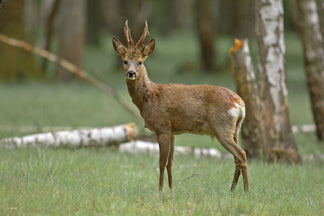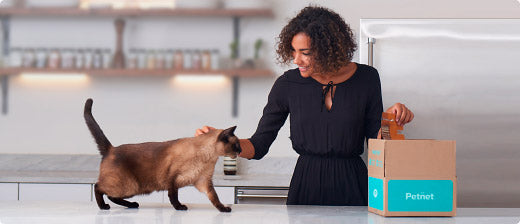What veterinary nutritionists recommend most is a higher level of protein for cats than for dogs.
Protein sources typically found in cat food include:
- Chicken
- Turkey
- Fish
- Lamb
While these are excellent sources, it’s important to recognize that all proteins are NOT created equal. Proteins have different levels of amino acids that impact the value of the protein. Animal proteins are best as they are the easiest to digest and they also contain more of the essential (and non-essential) amino acids your cat requires. Plant-based proteins are acceptable, but your cat needs animal proteins, so be sure their food is high in those types of protein.
It’s critical to read and understand your cat’s food labels. You want to look for a named protein as the first ingredient. You don’t want to see Poultry Meal or Fish Meal, or even worse, “byproducts” which are unspecified parts of the animal. What you really want to see is the named protein, like Chicken or Salmon. This tells you the protein hasn’t been processed or mixed with something else. Just as with human food labels, the ingredients are listed in order by volume so you want the proteins to be listed first.
Chicken Meal or Salmon Meal is fine as a second or third ingredient. The mealing process cooks the protein at a high temperature and extracts excess water. What you don’t want to see is a generically named meal such as Meat Meal or Poultry Meal as that meal may be made from any part of the animal including wings, feathers and hooves.
The total % of protein on the label includes every ingredient, but you want the majority of it to come from animal proteins. If your cat’s food label lists chicken as the first ingredient, that’s good – but what about the 2nd and 3rd and 4th ingredients? Are they grains? If so, then the majority of the protein is likely coming from those plant-based proteins.
The overuse of some proteins in pet food and how feeding your dog the same proteins over a long period of time can increase the chances of your dog developing a food reaction or allergy. The same is true of cat food. Cats can develop allergies related to over-use the same as dogs. We believe it’s wise to rotate the protein sources for your pet not only to ward off allergies but to ensure they get all of the amino acids that they need in equivalent proportions.
One of the best ways to evaluate your cat’s diet to see if you are meeting their protein nutritional needs is to observe them. Do they seem healthy and vital? Is their appetite good and do they eat enthusiastically? Is their coat healthy, shiny and free from dandruff or itchiness? Are their toilet habits regular and normal looking? Are they at a healthy weight and active and playful? All of these outward appearances you can readily observe are affected by your cat’s diet. If something seems off, their diet and protein levels is one place to look for an answer.

 Food
Food
 Food
Food
 Food
Food
